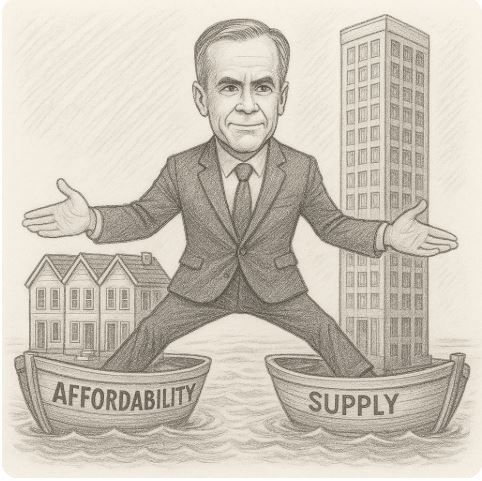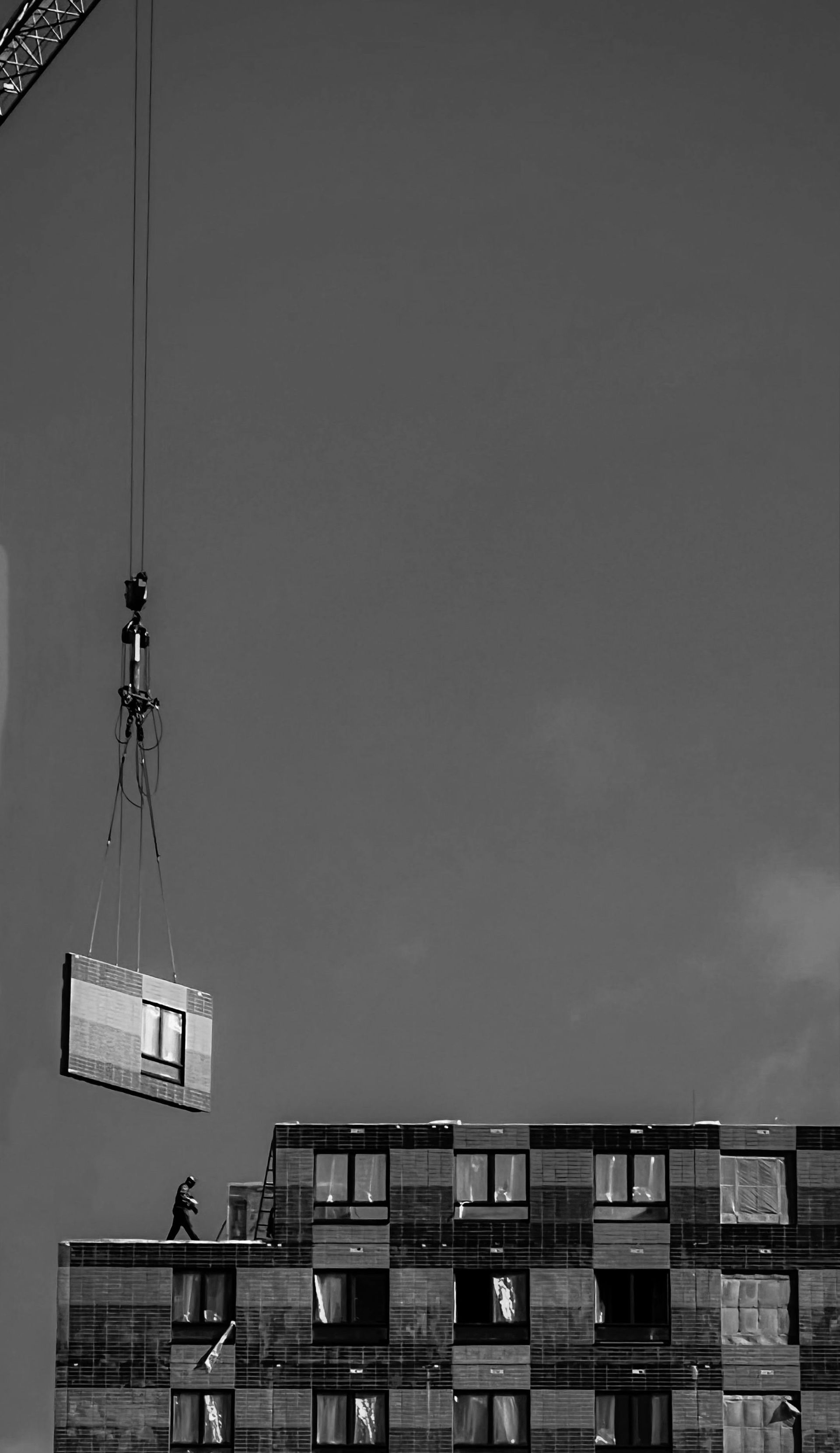Breaking Down the CMHCs 2024 Housing Market Outlook
In this edition of the Bird’s Eye View, we review and analyze the 2024 Housing Market Outlook report, prepared by CMHC, where they forecast major price and rent increases in Canada over the next three years.

The year is 2026, and when compared to 2023:
- Home prices across Canada are 20.1% higher
- New housing starts in Canada are 11% lower than they were between 2021-2023.
- Rents in Vancouver are up by 28.6%.
That’s the future portrayed by the CMHC in their
2024 Housing Market Outlook, which was released on May 1, 2024. Their forecast paints a bullish picture for real estate investment in Canada, though sadly, it also implies that unless we see major changes in policy and economics, Canada will fail spectacularly at addressing the housing crisis.
While we think there is reason to believe that the CMHC may be overestimating price and rent growth, this report serves as an interesting data point for what could happen if Canada continues on its current trajectory of low supply and high population growth.
In this edition of the Bird’s Eye View, we examine some of the key findings of this report, and opine on how likely it is that their forecast is accurate based on what we know today.
Lower Housing Starts
"Expecting lower housing starts in 2024. There is a slight improvement forecasted over the next 2 years. Supply challenges, notably the lagged effects of higher interest rates, mean that new construction in 2025–2026 won’t reach 2021–2023 levels."
It's almost comical that just a few weeks after the Federal government formally set a target of 3.87M new homes by 2031 (a pace of 483,750 new homes per year), CMHC, the Federal Crown corporation responsible for housing, says that for at least the next 3 years, they expect housing starts to come in lower than the 240,000 starts recorded in 2023. Even CMHC doesn't expect the Federal Government's housing plans to work.
If CMHCs supply forecast through 2026 is correct (an average of 229,615 new starts per year), Canada would need to build 636,231 homes per year from 2027-2031 to hit the 3.87M new home target. In other words, we would need to hold a 5-year average of 2.35x more starts than the highest year ever recorded (271,198 in 2021), That’s possible right?
Genuinely, we love big goals, but even if we saw a massive wave of policy change to incentivize the level of private investment and building that’s needed to nearly double housing starts, we simply don’t have the labour to develop at that pace in the short term.
Our take: We wholeheartedly agree with CMHC’s forecast on supply. Lower interest rates will help, but we’ve got a pretty good pulse on the economics of the average development deal, and from what we are seeing, we don’t think it’s likely we will see an uptick in supply over the next few years.
Home Prices Up
“Demand for homes will push prices up throughout the projection horizon. By 2025, prices could reach the peak level recorded in early 2022 and surpass it in the following year… We anticipate a rebound in MLS® sales and prices from 2024 to 2026, fueled by declining mortgage rates alongside stronger growth in population and real disposable income.
[The] strong population growth recorded in 2023, the highest since the 1950s, will continue into 2024."
CMHC's underlying thesis for higher housing prices is strong population growth and falling interest rates amidst insufficient supply. However, we think there’s reason to believe that CMHC may be overestimating population growth.
The Federal government has already signaled its target of reducing the non-permanent resident count to 5% of the population by 2027 (Minister Miller’s Speaking Notes, March 21, 2024), which implies a 0.74% population growth rate between 2024-2027, down from 3.2% in 2023.
It’s true that 2024 population growth will likely be higher than 2025-2027, as it takes time to slow down non-permanent resident intake programs. In spite of this, we think that the 2024 population growth rate will likely be much lower than it was in 2023 and that growth rates will continue declining through 2027 (subject to further policy change).
Our take: We do think that prices will increase, though because we believe population growth will be much lower than what CMHC is forecasting, we anticipate that price increases will be more modest than the 6.7% rate average forecasted by CMHC for the next 3 years.
Rents Up
“Rental demand will remain high in 2024, contributing to continued rent growth across all bedroom types. We expect that turnovers will continue to be low, as existing renters have limited alternatives in the rental market.
As mortgage rates decline, some households that transition from renting to homeownership may alleviate some rental demand. However, if immigration to British Columbia (which is absorbed by Vancouver) remains at levels seen in recent quarters, it will continue to put pressure on the rental market, as immigrants are more likely to be renters.”
In the report, rent increases are broken down by market and not aggregated at the national level, but in the Vancouver region, CMHC is forecasting that average 2-bedroom rents in the Greater Vancouver area will rise from $2,181 in 2023 to $2,800 by 2026, a 28.4% increase over 3 years.
Our take: We agree with much of CMHC’s logic. It is true that Vancouver sees disproportionate levels of immigration inflow and that demand will remain strong, but we don’t see population growth continuing at the levels seen in 2023, and as such, we are using lower rental growth numbers in our underwriting.
Conclusion
Though not expressly stated, this report implies that without policy and economic changes, CMHC believes our country will catastrophically fail at addressing the housing crisis over the next 3 years. Housing will become much more unaffordable for both owners and renters.
In our opinion, population growth rates will be lower than CMHC’s forecast, but in combination with low levels of new supply and interest rate reductions, we still expect to see increases in prices and rents, just at a slower pace than the report suggests.
If CMHC's forecast comes even close to being accurate though, there is a lot of potential upside on today’s projects.
SUBSCRIBE TO THE BIRD'S EYE VIEW











